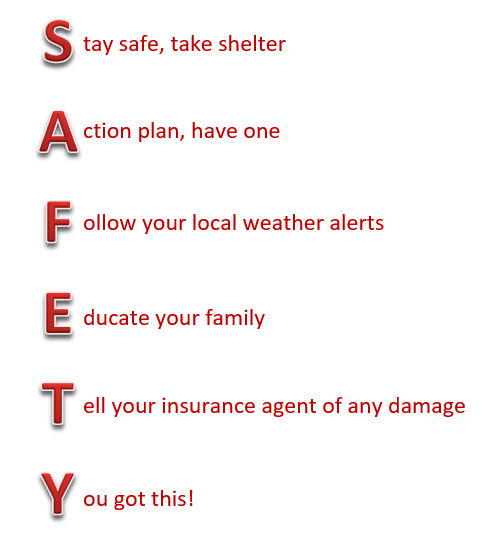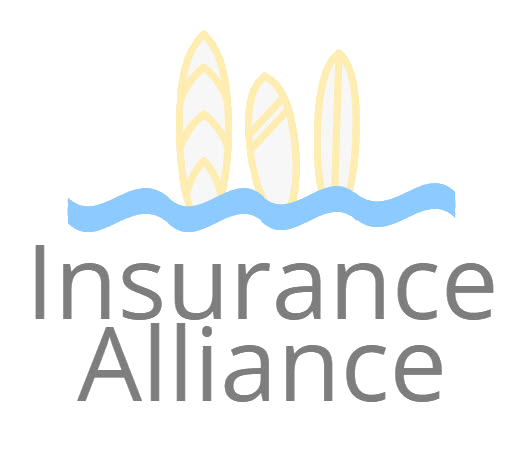Windy Weather Ahead: Are You Prepared?
Off to College? Don’t Forget Your Renter’s Policy!
July 21, 2016Halloween Safety: Keep Your Ghouls and Boys Safe!
September 30, 2016Windy Weather Ahead: Are You Prepared?

Are You Prepared?
September is National Preparedness Month and we know the Midwest is full of windy weather, so we wanted to pass on a few helpful tips for before, during, and after the storm.
Before – Plan Ahead:
Follow the four S’s when planning for bad weather: shelter, supplies, separation, and safety.
- Shelter
a. Find a safe place to meet in your home. Basements and storm shelters are the safest, but if those aren’t options find a windowless interior room or hallway on the base floor of the building. (Bathrooms work great for this!) - Supplies
a. Have supplies ready in case of a storm. These include, but are not limited to, flashlights, extra batteries, a battery operated weather radio, water, food (non-perishable), first aid kit, emergency cash and checks, whistle (to signal for help), copies of personal, legal, and financial documents (birth certificates, social security cards, medical records, insurance documents, etc.), blankets/sleeping bags, and any sanitation and personal hygiene items. It’s also important to keep on hand anything specific to your family such as medications, baby supplies, or extra food and water for pets. - Separation
a. Have a set plan in place with your family in case you get separated during the storm. Designate someone as the point of contact, there can be a local and national contact. This allows everyone in the family to be able to check in and say they’re safe in the event of an accident. - Safety
a. Make sure that everyone in your family is aware of where to meet, what are the signs of a tornado, and what to do if they aren’t at home and are faced with a natural disaster. Practice your escape routes in case of a tornado and make sure your supplies are up-to-date and never spoiled.
Help yourself prepare and stay informed by signing up for local weather alerts on your phone and know what you’re covered for by talking to your local insurance agent today.
During – Take Action & Know What To Look For:
When a tornado or severe storm hits, it’s important to know the signs and how to respond to them.
- Watch vs. Warning – What’s the Difference?
a. A watch means that people are looking for tornadoes as the conditions are right for one to appear.
b. A warning means that a tornado has been visually sighted or has appeared on weather radar in your area. Take shelter immediately. - What if I’m in a Car when a Tornado is Sighted?
a. Pull off to the side of the road and try to seek shelter in a nearby building’s basement or lowest floor.
b. If there is a ditch or somewhere in which you can get lower than the road, exit your vehicle and lie face down, covering your head with your hands or a jacket.
c. If neither of these options are available, keep your seat belt on, put your head below the windows, and cover yourself with a blanket or your hands.
After – Assess the Damage:
- Is everyone safe and accounted for? Are there any injuries that need to be assessed?
- Take note of what damage has taken place both in and outside of your home. Is there damage to your roof? Your vehicles? Are there any windows broken?
- Talk to your insurance agent to make sure you’re covered for any damage caused. You can contact us either by phone at (913) 900-1000 or via email at info@insurancealliance.com.
For more disaster preparedness planning tips, visit these great links:
Sign up here for local weather alerts!
How to Build an Emergency Preparedness Kit
What to Do in a Tornado
Preparing for Tornado Season
